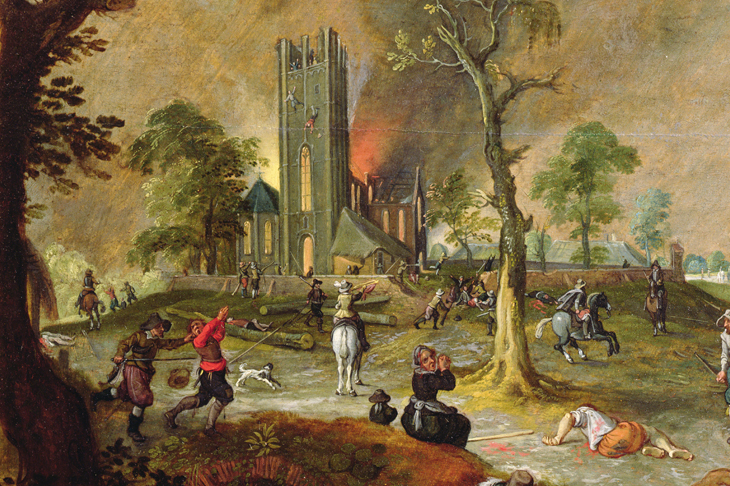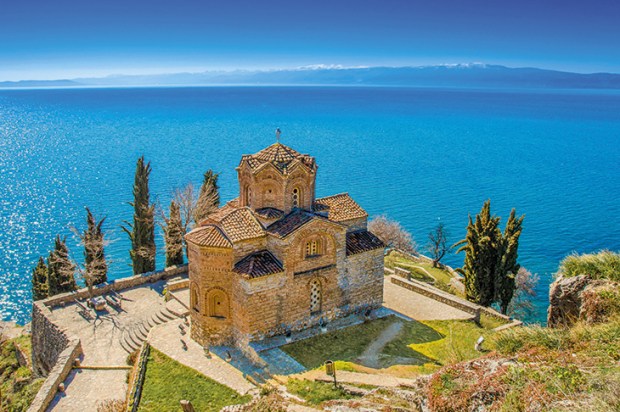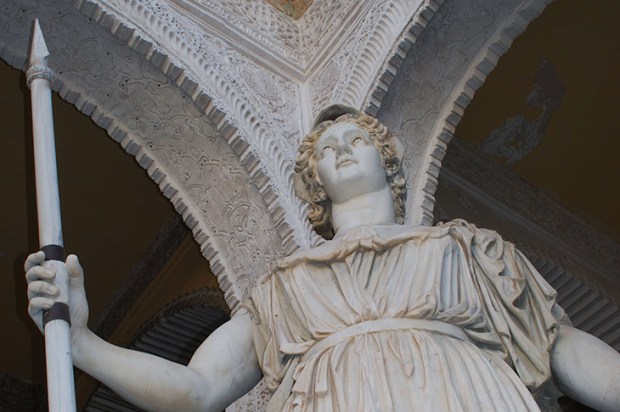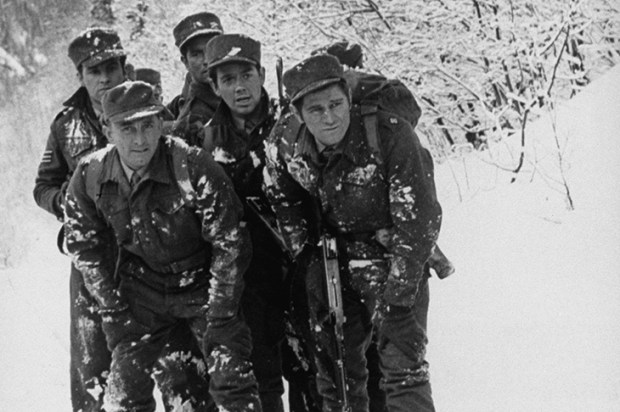On 23 May 1618, Bohemian Protestants pushed two Catholic governors and their secretary through the windows of Prague Castle, in protest at the anti-Protestantism of Bohemia’s King Ferdinand, soon to be elected Emperor Ferdinand II. The defenestration was only injurious to dignity, and had farcical aspects, a rebel shouting: ‘We shall see if your Mary can help you!’, only to exclaim, ‘By God, his Mary has helped!’ when the men landed in a midden.
This sparked what C. V. Wedgwood termed ‘the outstanding example in European history of meaningless conflict’ — the bloodiest campaign ever waged on German soil. It was long thought that 70 per cent of Germans died during the Thirty Years’ War, particularly between 1630 and 1638 — the ‘years of annihilation’. Recent scholarship favours 33 per cent, but even that equates to 6.5 million fatalities. ‘Fire, pestilence and death my heart have dominated’, Andreas Gryphius repined on behalf of a continent, in Tears of the Fatherland, Anno Domini 1636.
A troubling trace memory persists in German minds, recalled in re-enactments, such as one at the little Protestant burg of Memmingen, where in the summer of 1630 the Catholic field marshal Wallenstein pitched ominous camp; art (by Wouwerman, Callot and others); folk songs like Wenn die Landsknechts trinken (‘When the Mercenaries Drink’) and Das Leben ist in Würfelspiel (‘Life Is a Game of Dice’); and Simplicius Simplicissimus, seen as the first great German novel. J.A. Underwood’s subtle translation is true to the vital 1669 original, restoring immediacy, making it oddly modern.
Simplicius went into seven editions in Grimmelshausen’s lifetime. That the author was respectably obscure — it was not until 1838 that he was established as author — did not lessen its ‘realism’, because clearly he had really seen some of the mayhem he describes. It borrowed from wider mock-heroic and picaresque traditions, but added elements now called ‘Gothic’ — coarse humour, deep forests, fantastical incidents, gore, grotesquerie and introspection.
It influenced Defoe, Schiller and Manzoni, and heralded the Bildungsroman, and masterpieces like The Good Soldier Svejk, Catch-22 and Brecht’s Mother Courage. Always in print, it was seized on by 19th-century Romantics seeking a Volksschriftsteller (‘writer of the people’) to codify pan-German consciousness, and has since been used by propagandists willing to overlook its earthiness and subversiveness.
We are introduced to the protagonist ‘Simp’ as a ten-year-old churl, whose sole accomplishment is being a ‘fair bagpipe-player’. When his family is erased by Swedish soldiery, a hermit educates him, and inculcates religion. Then imperialists impress him, and he is carried off to multiple fronts and no-man’s-lands, whirled through an upended universe where preachers mingle promiscuously with princes, prostitutes, psychopaths, quacks, starvelings, thieves and witches — and mermen, and Jupiter.
Meanwhile, chancellors and counsellors constantly rearrange all geo-strategic pieces, and kings can fall to musket-balls, like Gustavus Adolphus at Lützen. Simp adapts to survive —as trooper, gigolo, mountebank and highwayman. But he is always armoured with simplicity — ignorance counterbalanced by innocence that lets him blunder through all his trials, and at the end find absolution, albeit in a Europe still at war.
Got something to add? Join the discussion and comment below.
Get 10 issues for just $10
Subscribe to The Spectator Australia today for the next 10 magazine issues, plus full online access, for just $10.
You might disagree with half of it, but you’ll enjoy reading all of it. Try your first month for free, then just $2 a week for the remainder of your first year.














Comments
Don't miss out
Join the conversation with other Spectator Australia readers. Subscribe to leave a comment.
SUBSCRIBEAlready a subscriber? Log in